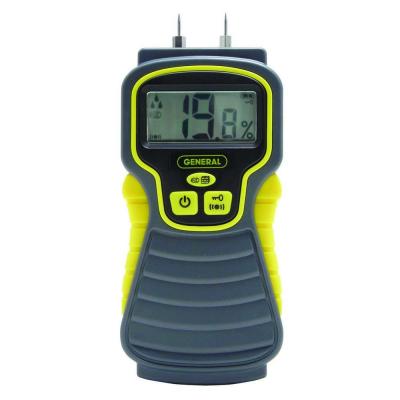L-O-L ‼I want to be told that they are magic, durn it all!
That says more than you know unclemoustache‼
Most want to believe in magic, that's why people watch magicians... even pay hard cold cash for the pleasure of being fooled and tricked. That same want (or need??) to believe trickles over into gadgets... especially electronic gadgets. People want to believe their gadget gives them an edge, makes their life simpler, provides them with a shortcut... they want to believe in the magic.
Personally, I don't care to be fooled and tricked, I'm not entertained by the magician... but I do find it amusing to watch the reactions of those who are. Maybe I'm too damn analytical, but when someone shows me something (especially a gadget) and says, "It does this"... my first thought ain't, "WOW, that's cool"... my first thought is, "How-in-he!! can it possibly do that??" And to be honest, I ain't buying until I know how it does it... most of the time they're trying to sell a magic trick. I gotta' hand it to the manufactures and retailers of cheap (OK, inexpensive) electronic gadgets though... magic sells, and they know it.
A moisture meter that ain't accurate, that reads 12% on firewood in Wisconsin, is of no use to me... a moisture meter that ain't accurate can't tell me any more than banging two pieces of wood together and feeling their weight. For that matter, my ohmmeter on the high resistance scale coupled with a reference chart (which I have) would tell me more... a whole lot more.
*









